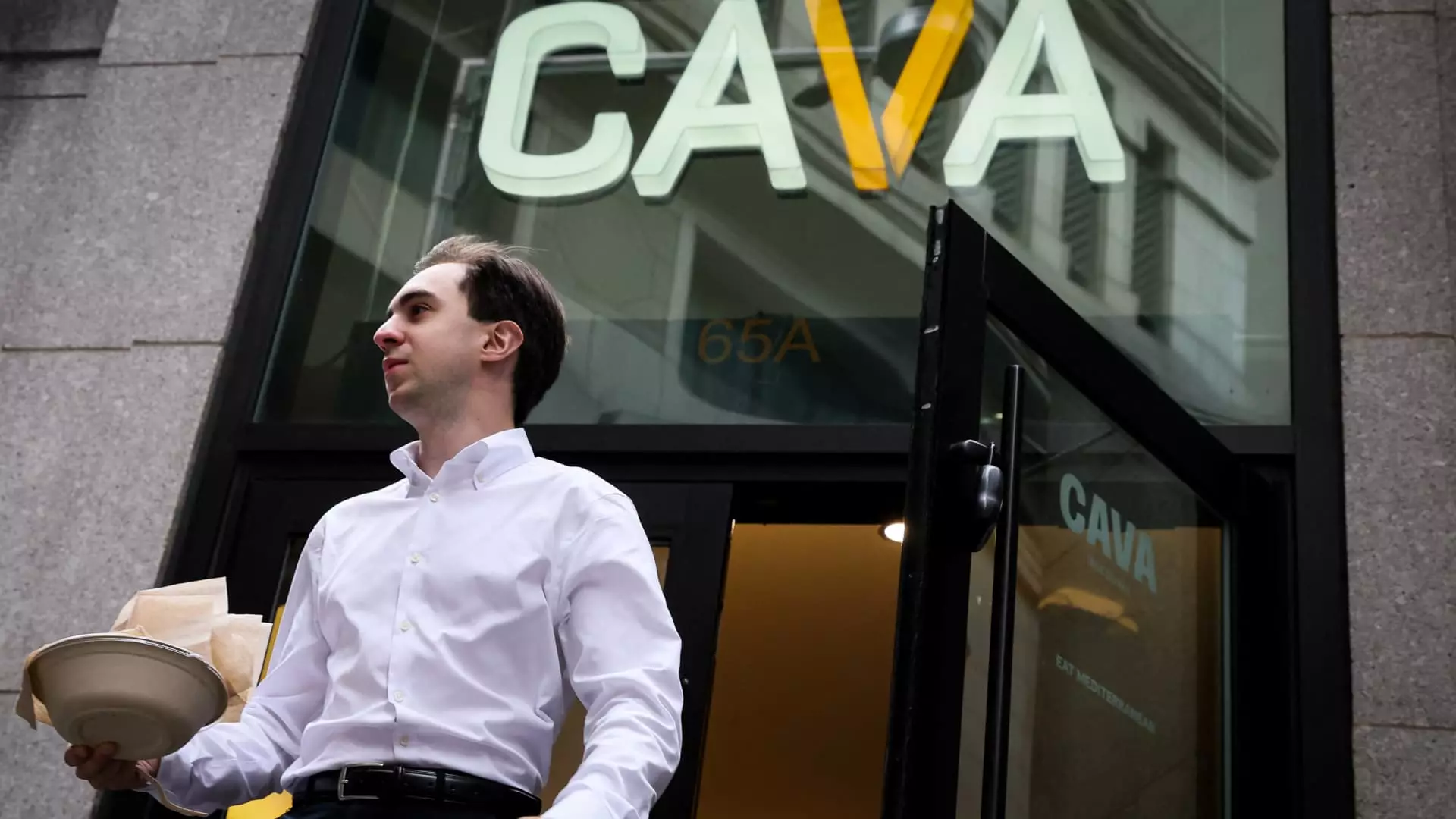In an economy that teeters on the brink of instability, consumer behavior shifts dramatically. People become more cautious, more deliberate with their spending, and less inclined to indulge in frivolous dining-out luxuries. Amid this landscape, the once-optional bonus of loyalty programs now emerges as an absolute necessity for restaurant brands striving to stay afloat. These programs, far from being mere marketing gimmicks, have evolved into strategic tools critical for fostering customer retention and driving repeat business. Companies that understand and leverage this new reality will be the ones to survive—and even prosper—while those ignoring it risk obsolescence.
Gone are the days when offering a simple punch card or basic discounts sufficed. Today’s consumers demand meaningful engagement—personalized offers, exclusive rewards, and tactile experiences that make them feel valued beyond the transaction. Loyalty programs, when thoughtfully designed, become more than incentives; they morph into digital bonds forming a resilient network between brands and consumers. This shift signals that in recessionary times, building genuine relationships through sustained reward-driven interactions is no longer optional; it is the backbone of competitive survival.
Consumer Engagement and Behavioral Shifts
Data reveals starkly how essential loyalty programs are in fostering repeat visits. Research from Circana shows that loyalty members visit restaurants 22% more often annually and demonstrate twice the brand fidelity as non-members. These are not trivial figures; they translate into tangible revenue benefits during times when customers are less likely to frequent eateries. The industry, however, has seen a decline in traffic across the board with only a handful of months evidencing growth, indicating mounting pressure on traditional business models.
Starbucks, the perennial leader in reward programs, exemplifies this strategic shift. Its active rewards membership exceeds 34 million, with over half of U.S. transactions accruing from members. Such figures demonstrate how well-integrated loyalty initiatives can cushion the blow of falling sales. Similarly, Chipotle’s loyalty base—over 20 million—accounts for approximately 30% of daily sales, a powerful testament to loyalty’s economic influence. These brands are not solely relying on their core products but actively cultivating habits that keep consumers engaged.
Interestingly, even during ongoing sales declines—Starbucks facing five consecutive quarters of same-store sales drops—loyalty programs provide a lifeline. They offer a mechanism to maintain relevance, deepen consumer bonds, and encourage frequent visits despite broader economic headwinds. Loyalty, therefore, becomes the glue that secures long-term patronage, especially when discretionary spending wanes.
Innovation and Creativity in Loyalty Design
What separates successful brands from the competition is their willingness to innovate within their loyalty frameworks. Cava’s latest program revamp exemplifies this trend; with flexible earning and redemption options, localized campaigns like National Pita Day, and thematic challenges, it emphasizes delight and novelty. Such approach fosters emotional engagement and transforms transactional rewards into memorable moments.
Potbelly’s recent coin-based rewards system underscores the importance of speed and convenience. By enabling rapid reward redemption across a broader selection of menu items, it increases the likelihood of everyday visits. This is critical because in a climate of cautious spending, the ease of earning and using rewards reduces friction and encourages habitual patronage.
Even brands that historically relied on tiered programs, like Sweetgreen, recognize the danger of complexity. Simplifying reward schemes aligns better with consumer preferences—especially when every dollar counts. These redesigns are strategic moves aimed at maximizing engagement while minimizing frustration, ensuring that loyalty remains a profitable investment rather than a cumbersome expense.
Tradeoffs and Strategic Risks
However, generating loyalty through free rewards is not without risk. Promotions can compress margins, especially in an industry characterized by tight profit margins. Restaurant chains hope that these incentives lead to spending on full-price items, but the race to attract loyal customers through freebies can threaten financial stability if mismanaged.
The controversy surrounding Starbucks’ removal of the reusable cup bonus illustrates the delicate balance between rewarding loyalty and maintaining profitability. While the adjustment faced criticism, Starbucks’ overall participation remained steady, indicating that strategic modifications—though unpopular—can still sustain engagement.
Brands must consistently innovate to maintain the delicate equilibrium of offering enough value to retain customers without eroding profit margins. The challenge lies in creating programs that are both compelling and sustainable—an ongoing process of fine-tuning, experimentation, and responsiveness to consumer feedback.
In the deteriorating landscape of dine-out culture, loyalty programs have moved from being an optional cherry on top to a central pillar of brand resilience. They are no longer merely incentives but strategic arsenals—tools that, when wielded effectively, can turn economic adversity into an opportunity for deeper customer relationships and sustained profitability. Companies that refuse to recognize the strategic importance of cultivating loyalty, instead relying solely on price promotions or superficial engagement, do so at their peril. In chaos lies clarity: the brands that fight to keep their customers committed today will be the ones that emerge strongest tomorrow.

